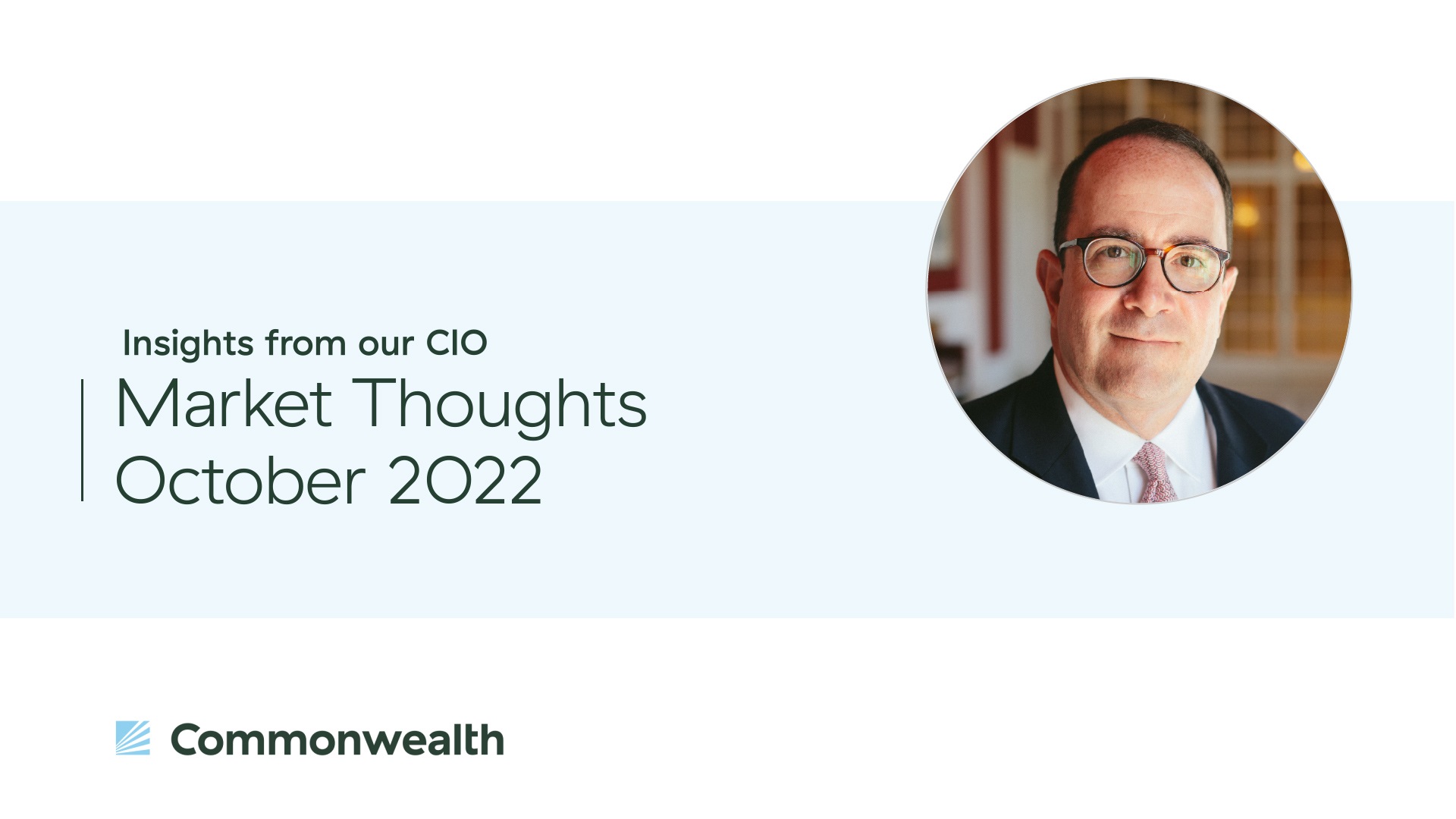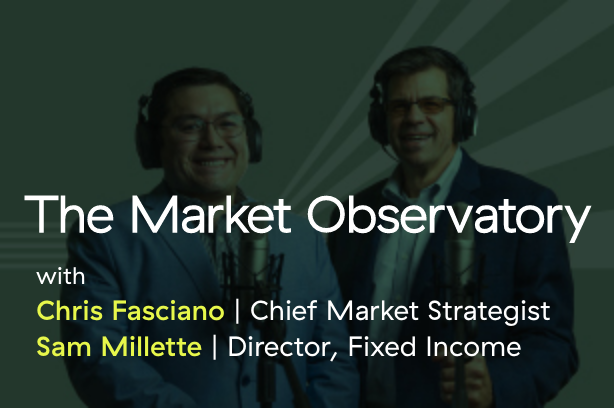The latest jobs market headlines have been discouraging. One notable fact is that the number of jobs available declined by the largest amount on record, by almost 1 million, in one month. That generated a lot of hand-wringing. Another sign of potential weakness was the recent ADP employment report, which came in yesterday at 208,000, below the recent official number. So, is the job market really getting that weak?














